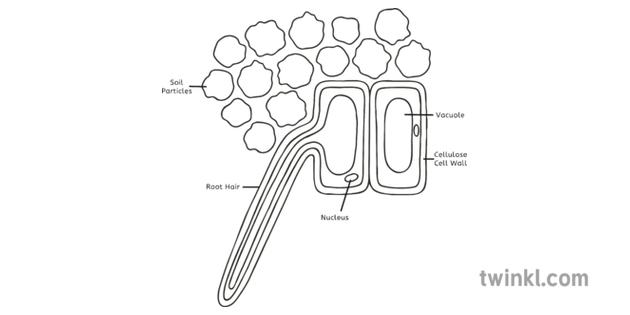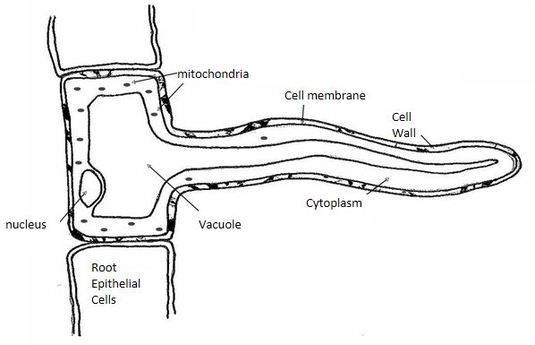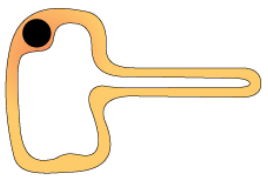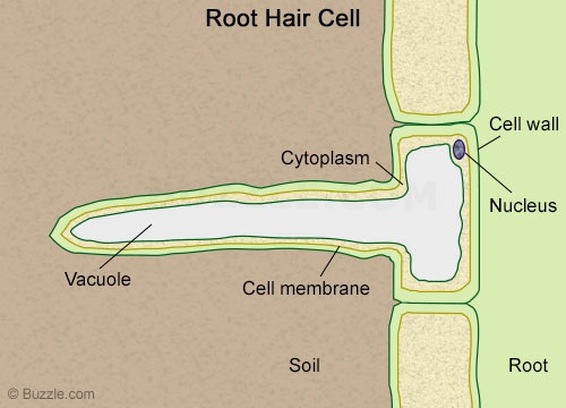Root Hair Cell Drawing

How is the root hair cell adapted to its function.
Root hair cell drawing. Zones of the root tip. Draw a diagram of the root hair cell as it would appear when a concentrated solution of fertilizers is added near it. The structure of a root hair cell differs from other root cells in that it has a long thin extension supported by the central vacuole which greatly increases its surface area. All three zones are in approximately the first centimeter of the root tip.
As the cells of root hair zone become mature the root hairs shrivel and become non functional. Draw a labelled diagram of the root hair cell as it would appear if some fertilizer is added to the soil close to it. From the sur face the root hairs appear as white cottony fibers. These cells are located underground.
The root hairs increase the exposed surface of the root for absorption. Answered feb 12 2019 by swara 80 2k points selected feb 12 2019. Beginning at the first root hair is the zone of cell maturation where the root cells differentiate into specialized cell types. However new root hairs are formed in the older part of the zone of elongation so that the root hairs appear in.
Root hair cells are specialised to perform a specific function. Pupils could investigate the concept by drawing the cross section of the root and then drawing another without the root hairs. Like other root cells it has a thick cell wall huge central vacuole and is separated from other root cells by a thin layer of cytoplasm. A look at the structure and function of the root hair cell an.
A longitudinal view of the root reveals the zones of cell division elongation and maturation. The root hairs are where most water absorption happens. Share it on facebook twitter email. They also allow a plant to take in the minerals it needs to survive.
A root hair or absorbent hair the rhizoid of a vascular plant is a tubular outgrowth of a trichoblast a hair forming cell on the epidermis of a plant root as they are lateral extensions of a single cell and only rarely branched they are visible to the naked eye and light microscope. They are found only in the region of maturation of the root.














